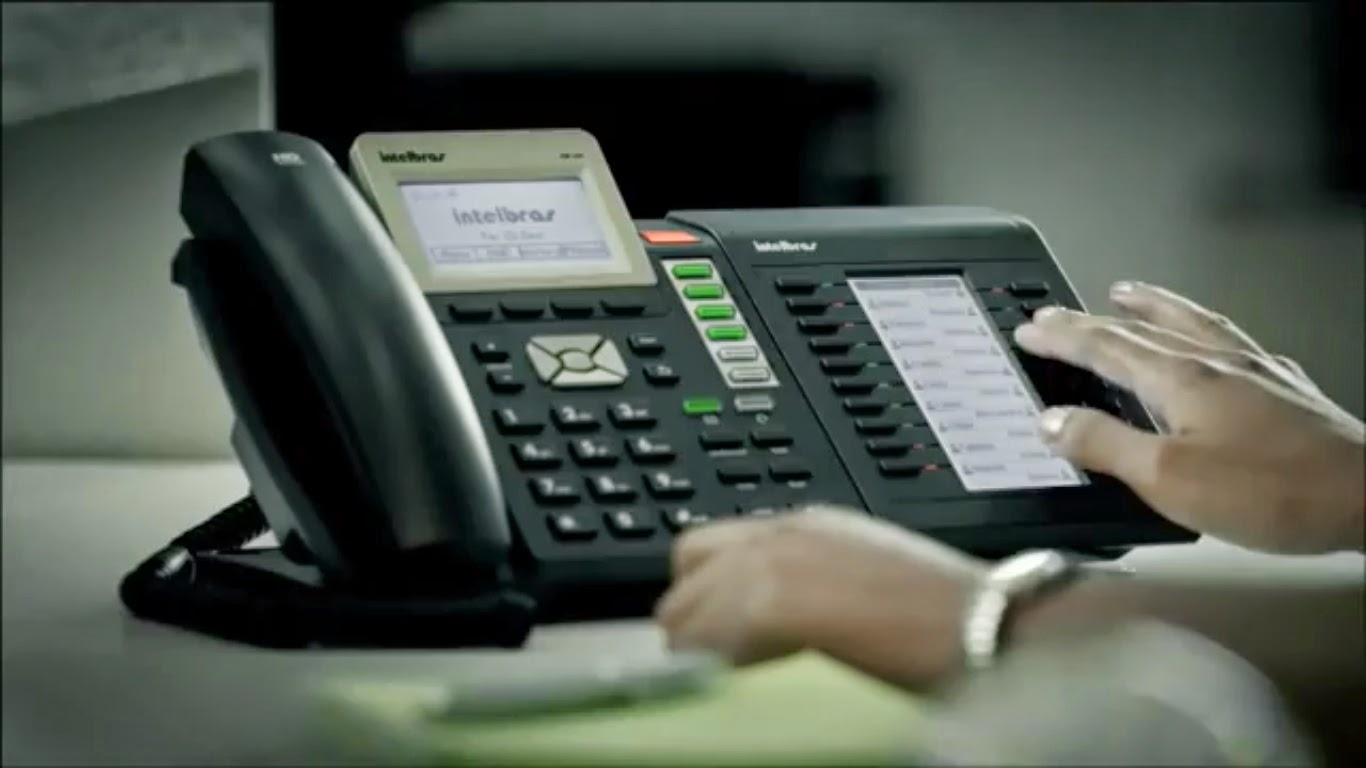 Is your IP PBX system helping you boost productivity and mobility? These solutions allow for long-distance calling between multiple business locations, streamline voice management and ensure business continuity.
Is your IP PBX system helping you boost productivity and mobility? These solutions allow for long-distance calling between multiple business locations, streamline voice management and ensure business continuity.
But is your IP PBX investment working to keep the expenses low for your business?
In today’s cut-throat business environment, companies require more than just independent data lines and phones to make sales, stay connected and make deals with their growing remote workforces.
What they need is systems that are less old-school and work to keep costs on the lower side… systems that let organizations meet the demands of each department and enable organizations to leverage them only when required.
That is where SIP Trunking comes in.
SIP (Session Initiation Protocol) Trunking, for those who don’t know, is a highly flexible solution that enables large corporations and SMBs to streamline business communication resources and cots, while retaining the high quality of its voice communication protocols.
SIP Trunk lines can be called the ‘virtual’ counterparts of lines coming in from channels or the phone company on T1 circuits, but instead of these calls coming on a phone present at a desk, the calls are received on a mobile phone or a computer. The call either originates as an IP call or is converted before leaving the office via a gateway device or an IP PBX system.
Business advantages of SIP Trunking
Although SIP Trunking provides several advantages, they are simply more robust and cost effective and solve real business issues within a matter of days, while making a company more efficient.
That said, the following 4 benefits of SIP Trunking provide specific reasons to begin using it for your business:
Immediate ROI: SIP Trunking does not need a significant capital investment and, according to Megapath, they eliminate the need to buy separate data circuits and voice circuits, and integrate within an existing IP PBX system. The trunks can be purchased only when needed. Also, some SIP Trunking solution providers enable companies to optimize network capacity across all multiple locations, letting them meet peak traffic requirements at each location.
More efficient communication: When employees are working down the road remotely, their calls can be routed automatically to their devices. The same will be applied if a line is busy, and a call can be programmed to another extension or routed to a different phone number, or an alternate location if an office is closed in a particular location, allowing for efficient communication.
Scalability: Unlike POTs and PRI lines that require planning to handle peak times, SIP Trunking offers scalability on demand. The company and its clients only pay for what they need, and allow for excess capacity when needed. Also, peak times can be planned for enterprise levels, instead of just an office location. Instead of relying at local events such as power outages, SIP Trunking can also be rerouted to other locations and devices based on bespoke business rules.
User experience: SIP Trunking makes an easy-to-use communication interface for staff members and the IT departments. One of the upsides is employers have the opportunity to provide a good user experience and create a long-term relationship with remote employees to drive productivity and business operations. SIP Trunking, apart from integrating in existing IP PBX systems, can also blend in with cloud based services.
Thanks for reading this article. If you're new here, why don't you subscribe for regular updates via RSS feed or via email. You can also subscribe by following @techsling on Twitter or becoming our fan on Facebook. Thanks for visiting!




















































































































































































